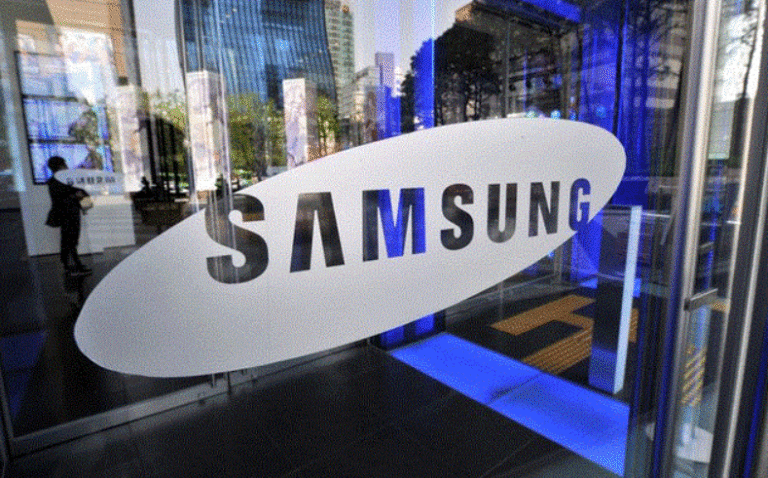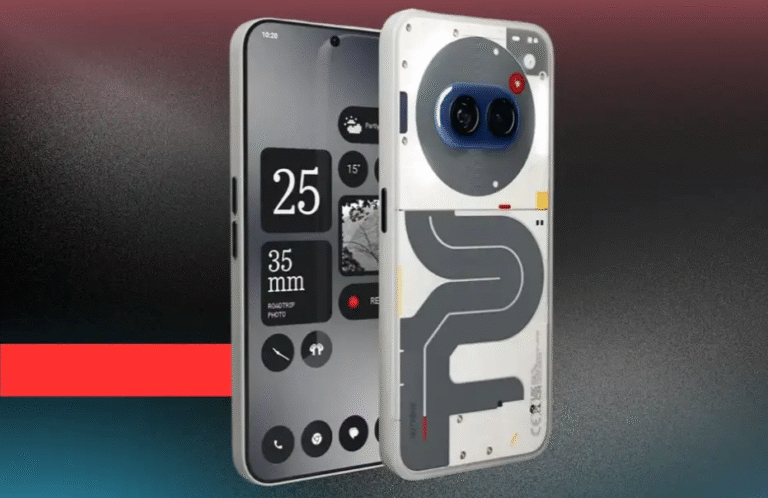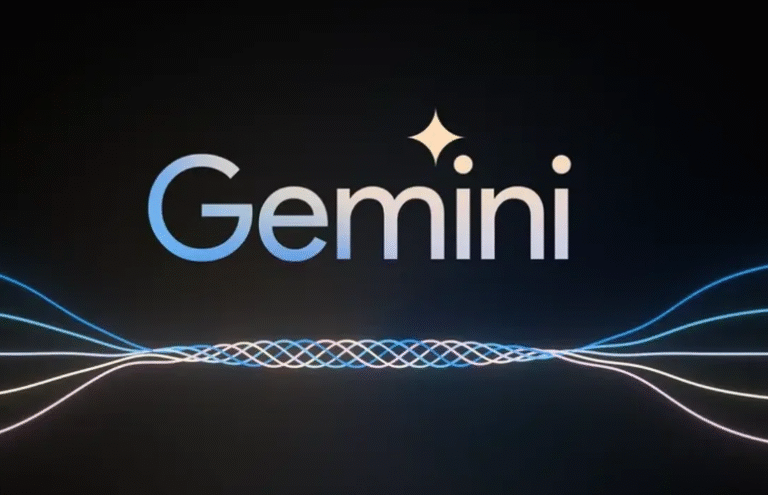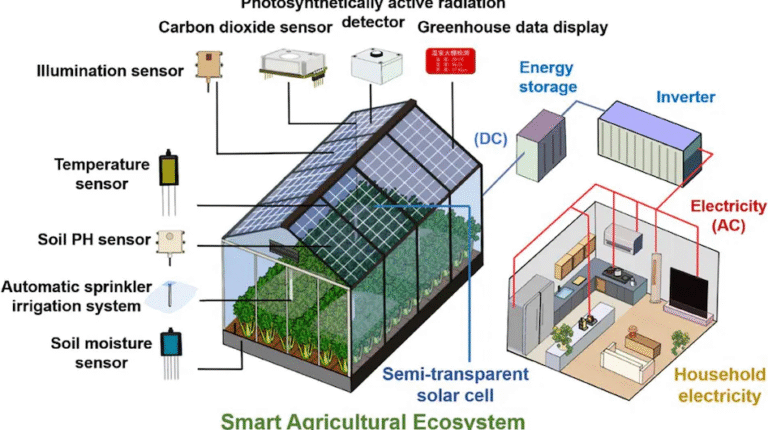
Semi-transparent solar cells are stepping out of the shadows and into the spotlight, shining brighter than ever in the race toward clean energy. Once the underdogs of the photovoltaic world, these barely-there power generators are smashing efficiency records and positioning themselves as the next big revolution in architecture and urban sustainability. Imagine skyscrapers turning into giant energy farms or home windows quietly powering the lights and appliances inside. That once-futuristic image is now crossing the threshold into reality.
Windows that Work Harder
Traditional solar panels tend to hog rooftops, sprawling like metallic sunbathers under open skies. But semi-transparent solar cells carry a different ambition: to live where sunlight already streams abundantly, such as office facades, glass railings, and even smartphone screens.
These cells allow a portion of visible light to pass through, meaning they don’t turn buildings into dark fortresses. As a result, the energy-harvesting surface area of cities could expand enormously, transforming urban skylines into glowing solar orchards.
Record-Breaking Efficiency
For years, engineers wrestled with the trade-off between transparency and performance. More transparency often meant weaker power generation. Yet recent breakthroughs in materials like perovskites and organic photovoltaics have flipped this assumption on its head. Researchers are now reporting conversion efficiencies exceeding 15 percent in designs that still look like normal glass. That number might sound modest next to rooftop panels boasting 20 percent or higher, but in the world of transparent technology, it’s a jaw-dropper.
Even more impressive: some of these semi-transparent cells can be precisely tuned to allow specific wavelengths through. This means windows can preserve natural lighting while harvesting otherwise unused infrared energy. Buildings might no longer have to choose between beauty and brains.
Design Freedom for Architects
Architects are no strangers to ambitious dreams, but solar panels sometimes cramp their style. Semi-transparent solar tech opens the creative floodgates. Need a color-tinted glass facade that also slashes the electrical bill? Done. Want to power an entire building without compromising its iconic look? Also done. These cells can be layered on new structures or retrofitted onto existing glass, which dramatically lowers barriers to adoption.
In this new era, sustainability doesn’t have to knock on the back door. It can step right through the lobby and wave from the windows.
A Leap Toward Low-Carbon Cities
Cities consume the most energy and generate the most carbon emissions, yet they are filled with vertical real estate that just sits there, basking in the sun. Semi-transparent solar cells turn this passive exposure into active contribution. Future high-rises could become miniature power plants, reducing grid strain during peak daylight hours and helping buildings achieve net-zero energy goals.
On a global scale, this evolution could fast-track renewable integration, especially in dense regions where ground space is scarce but ambition is sky-high. Every window becomes a teammate in the climate fight.
While the outlook glimmers with promise, there are still hurdles to clear. Durability and long-term stability remain hot topics among researchers. Perovskite-based technologies, in particular, have faced challenges related to moisture and degradation over time. Additionally, scaling up manufacturing while maintaining affordability requires further innovation. But with investment pouring in and progress accelerating, these issues are less brick walls and more speed bumps.




